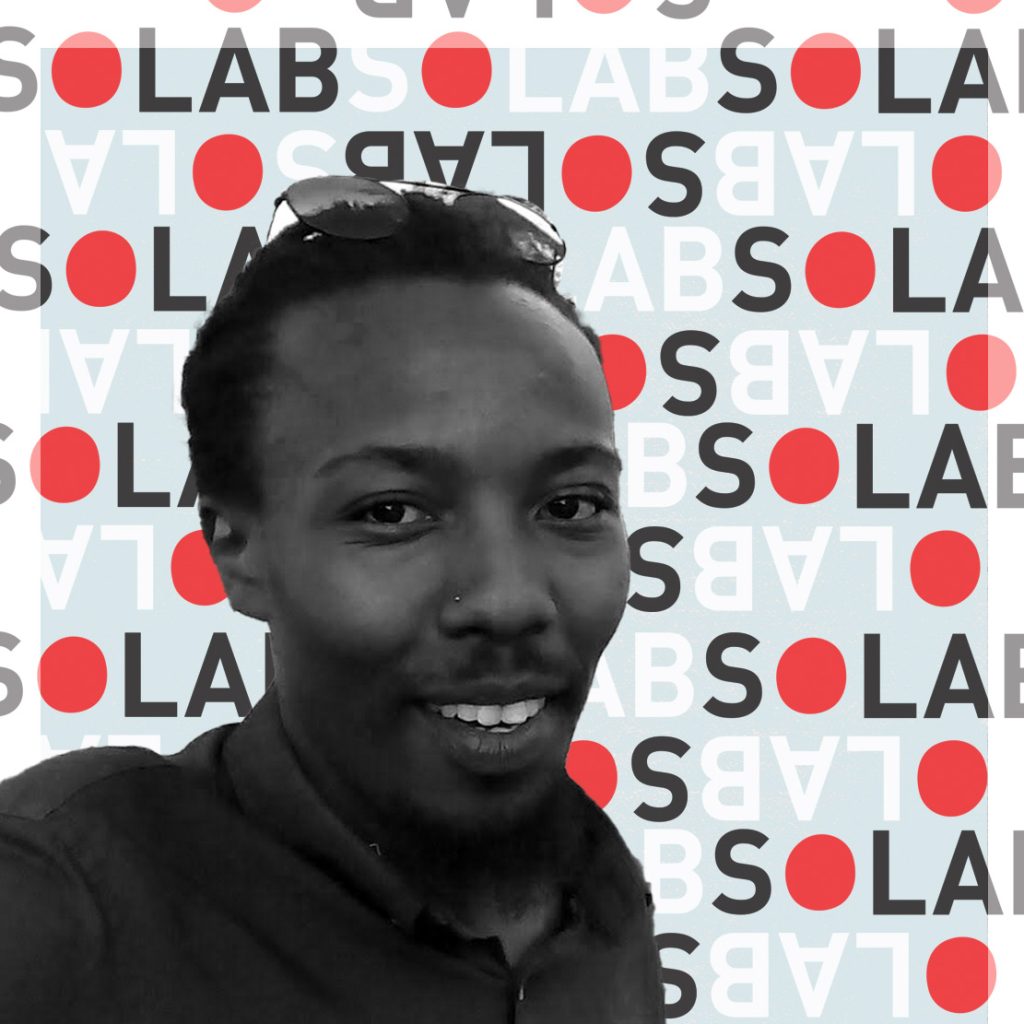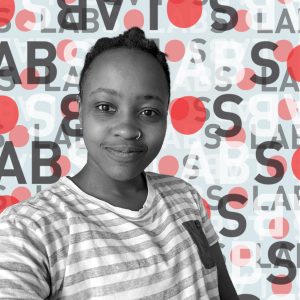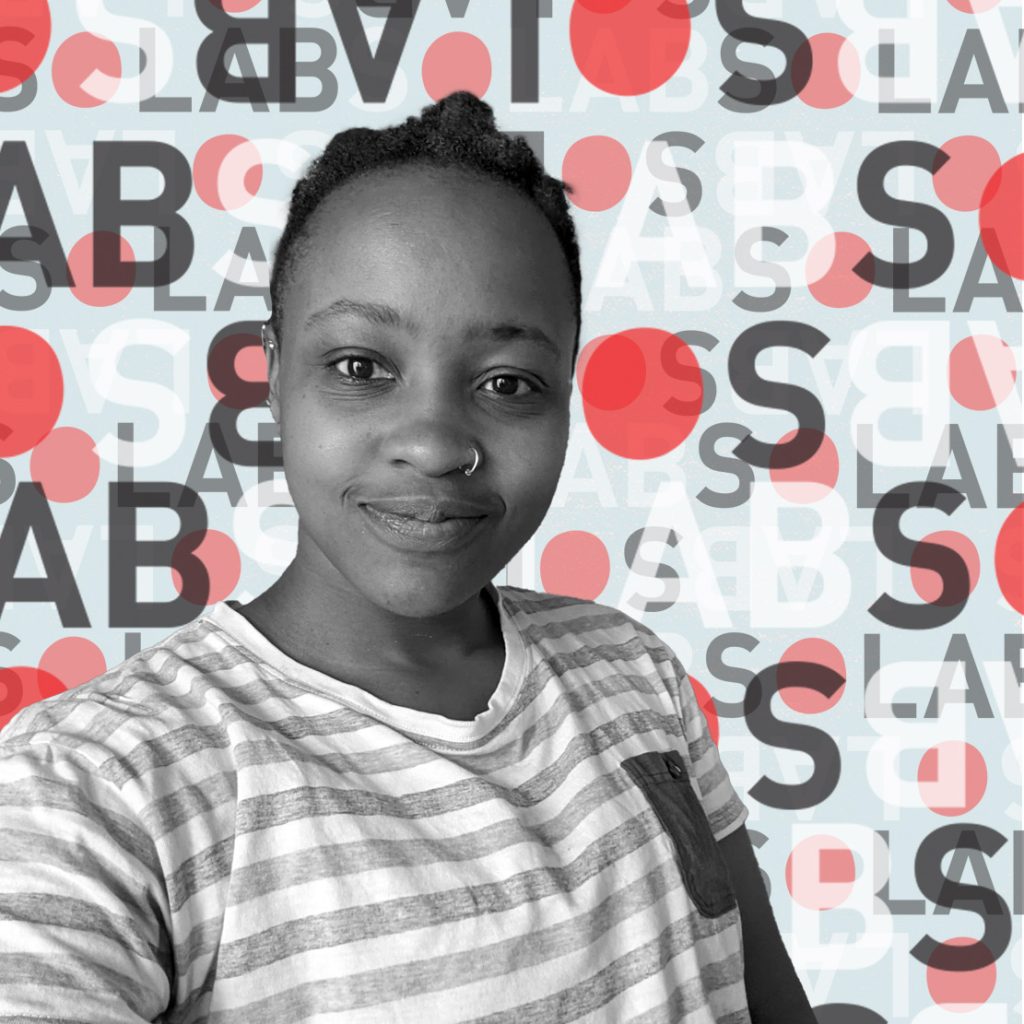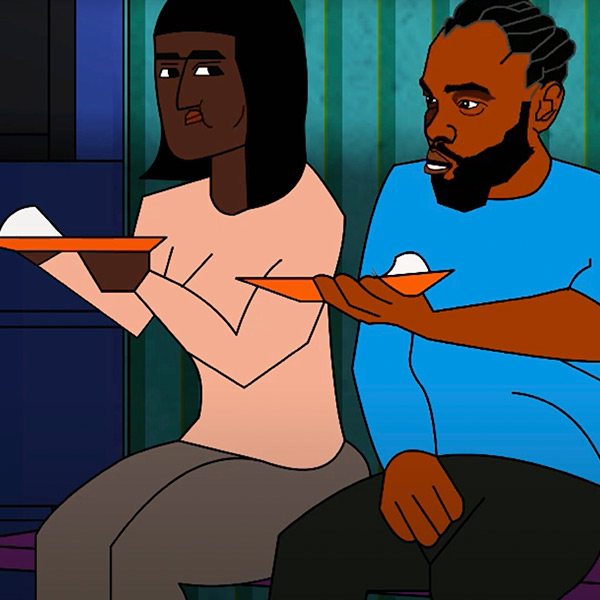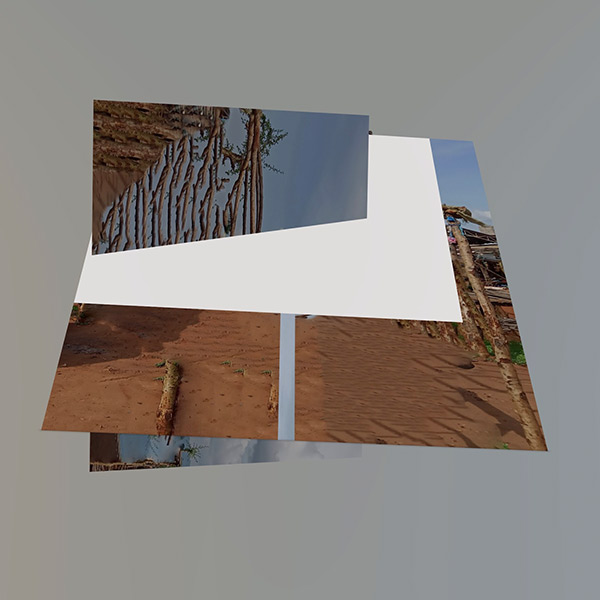LINAGE AND BODY ARCHIVE
5(Video presentation)
Ni Nyumbani was conceived a few years ago as a way of thinking and imagining homes, the different ways to view the dichotomy of inside and outside, and the relations that ensue. Over the past year the COVID-19 pandemic has made this notion of home come to the fore as people were asked to stay home as much as possible, children spent most of the year at home since schools were closed, homes have been converted to workspaces and the notion of working from home has now become commonplace.
This iteration of Ni Nyumbani takes a step further and seeks to explore other ways in which the space of home can be thought. What makes a home a home? The space, the people who live in it, the objects, and even the memories that permeate the space. A consequence of the pandemic is how death becomes pervasive. There are daily tallies of infected people, the number of those recovered, and the number of dead. Does death seep into homes and how do different homes deal with death?
To think of death is to think about the passage of time, the way generations pass traditions one to the other. How is the passage of time inscribed into the space of the home? There is the chipping paint, the water marks on ceilings, the photographs on walls whether of those living there or cut outs from magazines and calendars. For a long time, there was the tradition of visitors being offered a photo album to be able to go through the passage of time that had led to the present moment.
As time passes the stark differences between generations come to the fore. The elderly are a vulnerable group during the pandemic and some have been forced to stay home to prevent infection especially those with pre-existing conditions. What has been their experience of home? How have they related to the younger generations? Are memories being made and shared? These are some of the questions that the project hopes to answer and think through.
The project is a video coverage conversation on lineage and body archive, funeral experience of my late grandfather (Guga) Simon Mudanya Musoma 1928-2021
We also have thoughts and a space in mind for the video installation and to add on a small exhibition that is after presenting and finishing the video editing. No dates in mind yet but we shall communicate together with the final text of the work.


